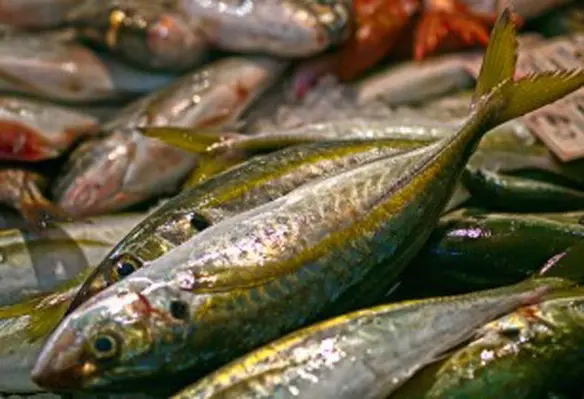A study conducted by Leiden University and Stanford University has offered a more sustainable path to save China’s wild-caught fish, which the Asian nation is dependent on for fishmeal
In the study published in journal Science, the researchers propose recycling the waste by-products from seafood processing plants as feed for farm-raised fish. This would provide from one half to two-thirds of the amount of fishmeal currently needed by Chinese fish farms.
The study was conducted by a research team led by postdoctoral fellow Ling Cao and Professor Rosamond Naylor from Stanford University. The team also included staff from Leiden University, University of Wollongong, The Royal Swedish Academy of Sciences and Shanghai Ocean University.
China is the world’s leading producer, consumer and processor of fish, contributing one-third of the global supply. Its fish production has tripled in the past 20 years, and about three-quarters of its supply now comes from fish farms. Yet the industry still places huge pressure on wild fisheries through its demand for fishmeal and fish oil made from wild-caught species.
“There is a clear opportunity for positive change, but the economic and regulatory incentives for such change are not yet in place,” said Naylor.
According to reports, fishing in the coastal waters of China is poorly regulated and often indiscriminate. The result is large volumes of assorted ‘trash fish’ — unfit for human consumption — that end up in animal feeds, including in fishmeal that is fed to farm-raised fish. Many of the species of wild fish used for feeds have been fully exploited or overexploited, and reducing the demand for them can help protect fragile ocean ecosystems.
One promising solution is to recycle the waste by-products from seafood processing plants across China. This waste, which can be 30 to 70 per cent of the incoming volume of fish, is often discarded or discharged into nearby waters.
The team’s analysis showed that these processing wastes could satisfy between half and two-thirds of the current volume of fishmeal used by Chinese fish farmers, replacing much of the wild fish currently used in feeds. The waste is lower in protein that wild-caught fish, but this can be overcome by adding plant-based protein sources to the fishmeal, like algae or ethanol yeast. The use of processing waste also raised concerns about contamination and disease transmission, which the researchers said could be addressed through better research on the safety risks and through tighter regulations.
Naylor added that, “Collecting good data from China is an important starting point. But we also need a clear path toward more sustainable fisheries and aquaculture management, and that’s what we present in this paper.”





